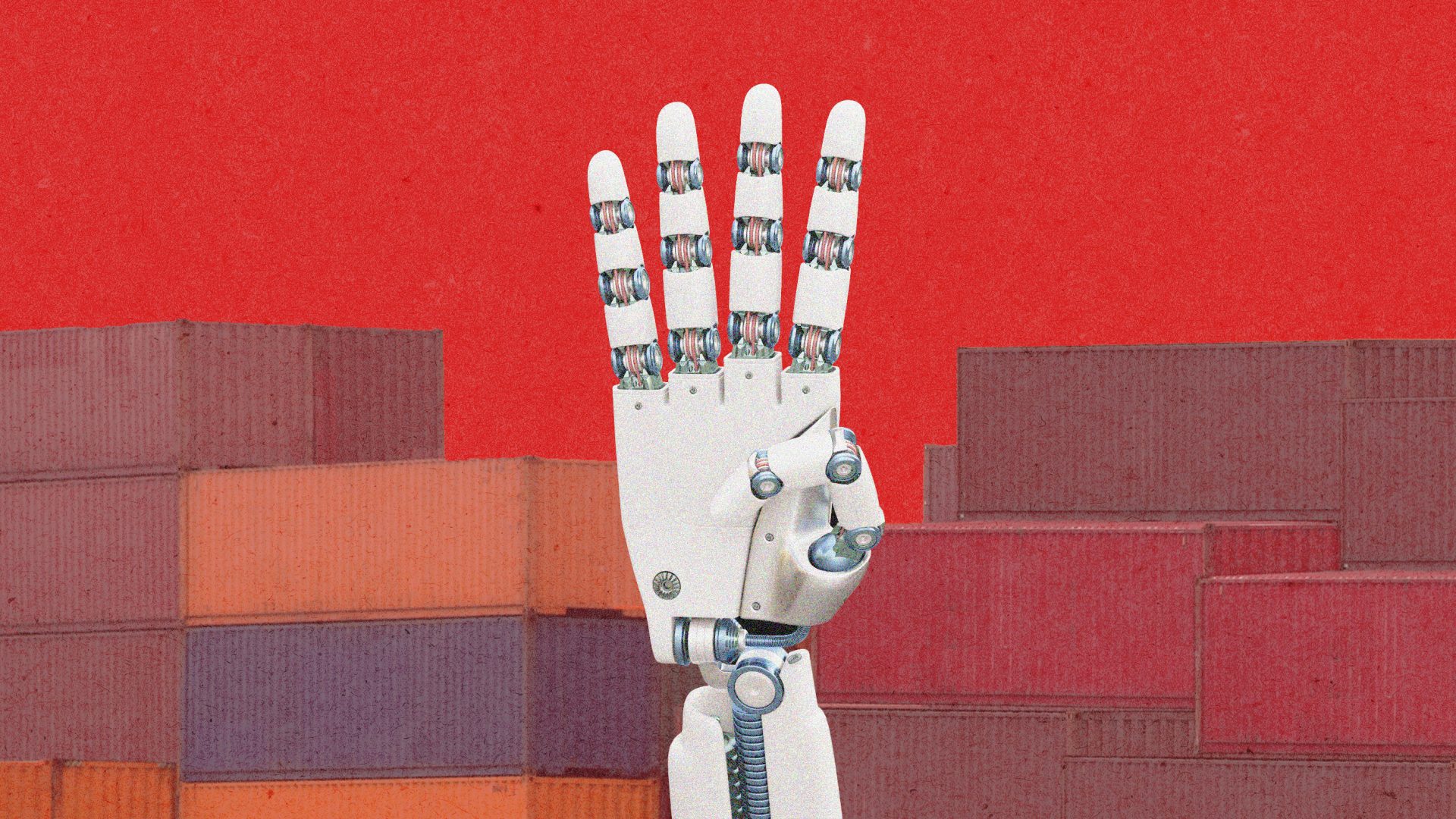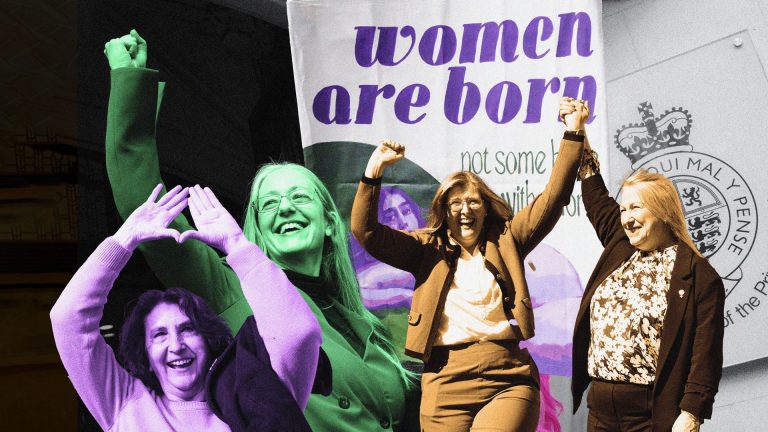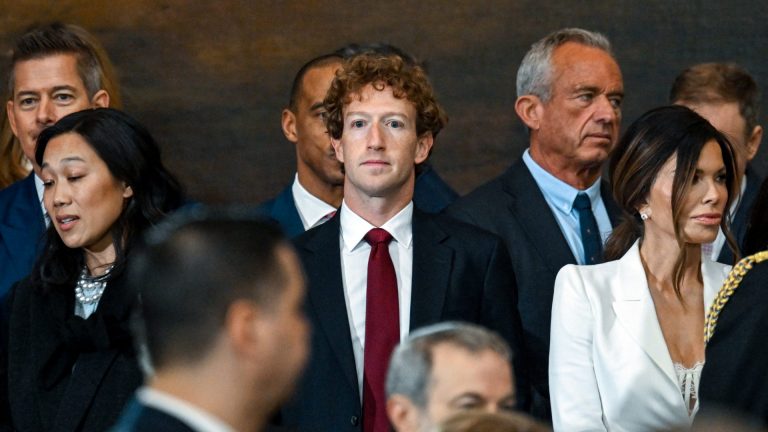You don’t have to be an expert to know what happened on global markets after Donald Trump’s tariff announcement was… quite bad. The plummeting lines on the charts speak for themselves, but there was no shortage of expert pundits happy to explain just how bad they were in any case.
In global terms, the April 2 “liberation day” tariffs announcement is the most significant thing Trump has done across either of his terms – and the current market panic is still largely based on assuming he doesn’t really mean it and will back down if others come to heel. If America sticks to the plan and actually implements these tariffs for real, this is only the start of the meltdown.
Unlike a lot of the sound and fury out of his White House, this is a policy that really matters. It was also long-planned: Trump has promised to reshore American manufacture and end what he described as the “rape, pillage, looting” of what turns out to be American consumers choosing to buy products that were manufactured overseas.
Given all that, you would think Trump’s team had plenty of time to work out just how they would set their tariffs. They did, at least, have a large cardboard cutout for Trump to hold up during his rambling policy announcement, with a huge disparity in what different countries would pay.
The UK gets off lightly with a mere 10% tariff, but the EU is on the hook for 20%. China will pay 34% tariffs, on top of the 20% already announced. Laos, though, will pay 48% and Madagascar – not exactly known as an international trading powerhouse – is on the hook for 47%.
The list was strange, to say the least. Russia and North Korea were absent from the tariffs entirely, apparently because they do so little trade due to sanctions – but Iran made the list all the same. But while Russia got a reprieve, Heard Island and the McDonald Islands, which are home to penguins rather than humans, did not.
All of which raises a question: how did the White House, with all of the resources of the US federal government at its command, calculate its tariffs?
Trump and the White House had explained how they were supposedly going to do it – the tariffs would be “reciprocal”, meaning that whatever tariff a foreign country charged the US for a particular product, America would charge in return. In theory, that all sounds reasonable, but as we reported last week, Trump was going further:
“What Trump is doing is much more seismic. His administration has decided that a huge range of things count as tariffs, far beyond the traditional definition.
“A tariff is an import tax on a good sold by a foreign country. So if the UK charged a tariff of 25% on US beef, a steak from the US would be taxed at 25%, whereas an identical steak from a British cow would be tax free. This obviously helps the competitiveness of UK farming – that’s often the point of tariffs.
“Trump is including taxes like VAT as tariffs, because they add to the cost of an imported good – even though a domestic product also pays VAT. He is also claiming that his new reciprocal tariffs will adjust for currencies he thinks are artificially low against the dollar.
“In theory, this would mean the Trump administration would have to do millions, if not billions, of complex calculations for every nation across the world to calculate the correct level of tariffs under the incomprehensible new system. In practice it is simply impossible for any of this to be worked out in time – so the real question is how far Trump is going to go and how much of it he will stick to.”
The White House is claiming that some version of this is what it did, averaging tariffs out country-by-country. Deputy press secretary Kush Desai posted on X that “we literally calculated tariff and non tariff barriers”, with a screengrab of an explanation and a mathematical formula.
The problem for Denai was that the formula didn’t show what he claimed, at all. Instead, what the various mathematical notation actually showed was that the formula calculated exports minus imports, and divided it all by imports.
In other words, the calculation had nothing to do with tariffs but instead was a trade gap-based calculation based solely on how much more a country sold to America than it bought back in return – though it excludes services and anything digital (which is most of what America sells the rest of the world). Thus, Americans voluntarily choosing to buy a lot of products from a country, such as lots of US-branded clothing or footwear made in Vietnam, would be enough to hit them with heavy tariffs.
One lesson here is not to tweet out formulas you don’t understand, lest you make yourself look extremely stupid. But a bigger lesson is that this is an extraordinarily weird way to set global trade policy. It’s the kind of back-of-the-envelope maths you might do for a school project, or a second-rate newspaper column. It has no place in policymaking.
But the mystery of why global trade is being disrupted in this specific way deepened, because several social media users independently noticed that if you asked various AI tools to work out a fast way to set global tariff rates for the US based on already existing data, they came up with something that looked almost identical to what the Trump administration produced.
That alone is nowhere near proof that a 30-second AI answer was used to upend global trade, but it is alarming enough that the question can be asked and not immediately dismissed. The possibility also becomes that bit more intriguing when another observation is added – several of the entities given their own specific tariffs are not independent nations (like our penguin-occupied islands), but are instead part of, or territories of, larger countries.
This mystery was solved by online sleuths who worked out that the tariffed entities mapped on to top-level web domains (like .uk, or .fr) rather than a list of nations – which once again adds credence to the theory that it was generated by something quickly grabbing a list from an online source. It also tallies, once again, with how most commercially generated AIs would answer this question.
Donald Trump’s White House doesn’t answer questions it doesn’t like, and cannot be trusted to answer questions honestly in any case, so we will likely never know exactly how these exact figures were arrived upon. What is undeniable is that they are nonsense.










